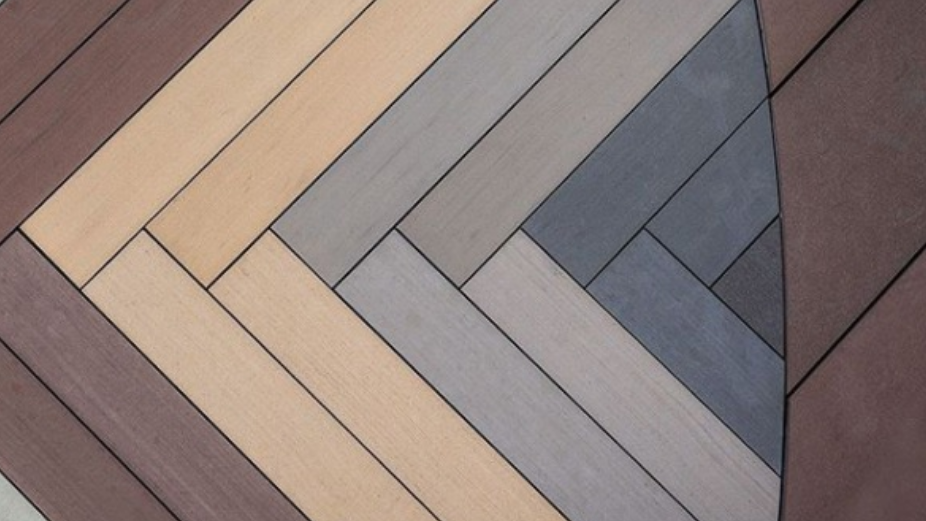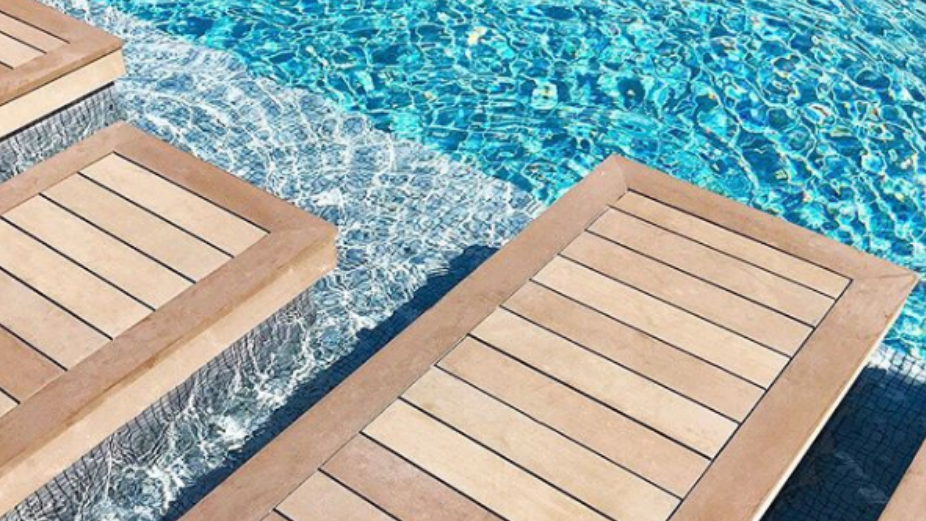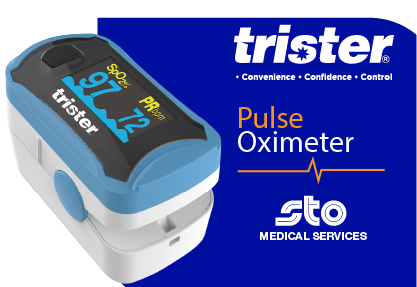Sustainability is all about the health of our planet and everything that depends on it to survive, today, tomorrow and in the future for the next generations. The local and global issues that currently challenge our communities point to the need for an overarching sustainability-based approach to community planning, designing and building. Planning for socially, culturally, economically and environmentally sustainable cities and towns is a major part of ensuring healthy residents, communities and future generations.
It is in this direction that we at Esthec/Bolidt focus all our efforts and our research and development. Sustainable material is the key to a better world and a healthier planet.
The building trade is a great consumer of natural resources such as wood, minerals, water and energy. In addition, buildings, once built, continue to be a direct cause of pollution because of the emissions produced from them as well as their impact on the Earth and its groundwater.
Sustainable architecture takes into account the use of resources (energy, natural resources), their environmental impact and the specific risks to people´s safety. For the responsible use of resources when building, what kind of products should one choose?

Esthec is an ecological material that can make architecture sustainable.
With an increasing number of government regulations encouraging net-zero carbon future to limit global temperature rise, the construction industry is on the path to design, construct and operate buildings in such a way as to improve their environmental sustainability along with the interior environment for users. The construction sector is known to possess a huge untapped potential for improving sustainability in every component of its value chain with digitalization, innovative technologies and new construction techniques. Construction companies are leveraging advanced technologies such as Building Information Modelling (BIM), smart building technologies and new building materials to attain a greater maturity towards sustainability.
Until recently, wood was considered one of the most sought-after renewable resources that could contribute to sustainability in the construction industry. However, deforestation has made it difficult to think of wood as a sustainable material, especially after research and development in the building material industry has proven that alternative material exists that can live perfectly in tandem with sustainable architecture and innovative design, completely replacing wood.

Esthec, part of Bolidt Group, strongly commits itself to a sustainable approach and this not only means in terms of the final product but also the general approach of the entire Company, from the organization, logistics, research and development through a natural way of living the working life.
The brand new Innovation Centre, located next to the Esthec/Bolidt factories in Hendrik Ido Ambacht, offers a platform for the company to affirm its approach to sustainability, hygiene, safety, energy & data, and design. The Innovation Centre gives physical form to Bolidt’s creative and collaborative approach in an effort to keep the company ahead of its competitors and affirm itself as leader in the innovation of flooring industry. Sustainability is at the heart of Esthec’s work and a key consideration as the company continues to improve its processes.
The mission of Esthec is to replace traditional materials to make a real and effective contribution to a better living environment and a more sustainable planet with safety, durability, energy & data, design and hygiene as key drivers. To achieve this result Esthec commits to reducing our environmental footprint such as reducing single-use plastics, using plant oil-based resins versus petroleum-based ones, repurposing the plastic it uses and putting it back into the value stream as new product, and using biodegradable and non-plastic packaging.

What we are planning in terms of products will not only reduce the negative environmental impact, but also has the potential to help combat the industry’s most pressing environmental issues such as including energy-generating and CO2-absorbing flooring, which we are hoping to launch in the near future. By the end of 2021, Bolidt plans to introduce energy harvesting surfaces, flooring, and decking systems. So far, the company has already achieved its goals of replacing the Bolidt fleet with hybrid & blue motion vehicles and created the first prototype flooring and decking system to consist of 100% bio-based materials.
The construction industry seems still to be focused on the use of wood as natural material in the belief that is the best choice for the environment; however, given the real need to find a valid alternative to the unsustainable use of wood which has caused deforestation in most of our planet, in addition to the long-lasting cycle life of new materials is changing the consciousness, especially in new generation architects.
“Progress is impossible without change, and those who cannot change their minds cannot change anything.” George Bernard Shaw
About the author: Marcel Van Der Spek is the co-founder of Esthec. Although his career began in the automotive sector, after having created a European network in nine sectors, he discovered where his true talents lie. In addition to sales and organisation, his skills focus in on the international realm.




















